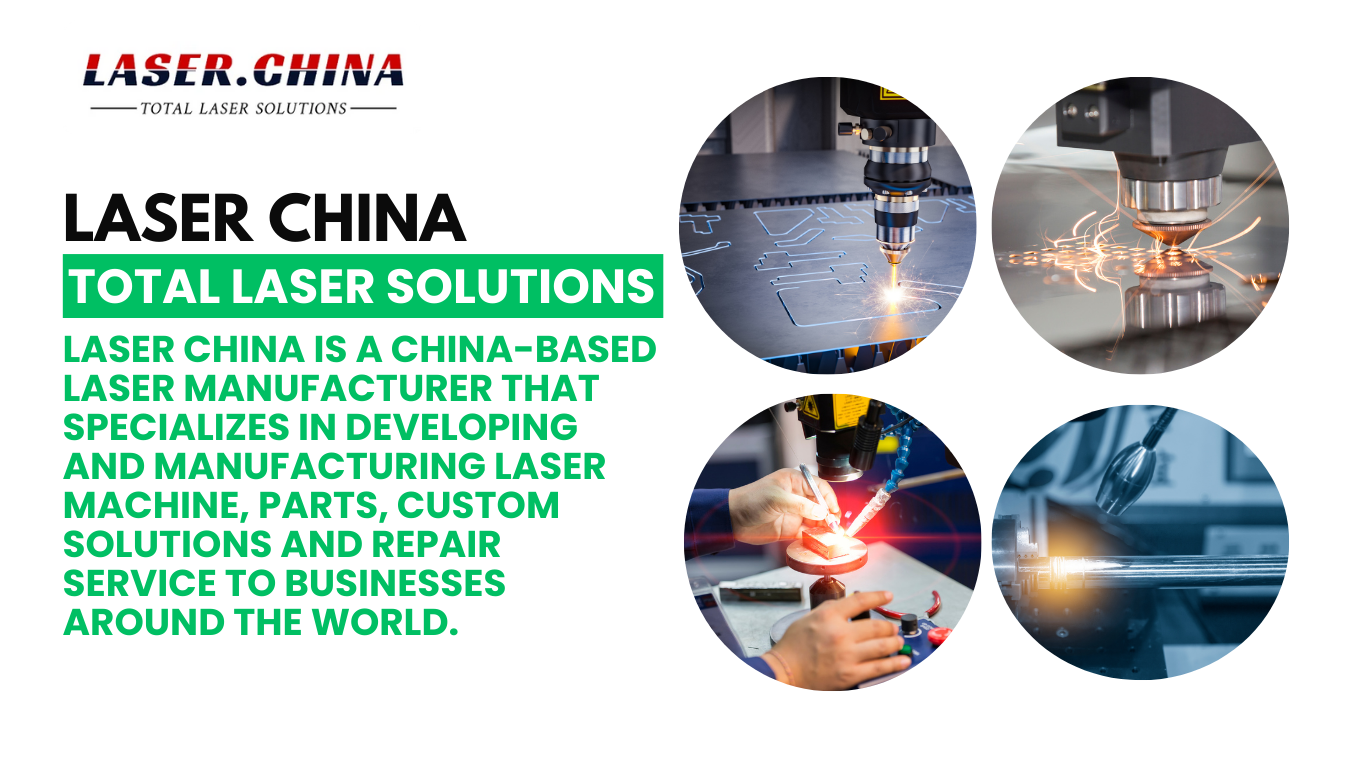Handheld laser welders are a significant advancement in the field of welding technology. These portable machines offer the advantages of traditional laser welding, such as precision and speed, but with the added flexibility of a handheld design. Handheld laser welding technology has become increasingly popular in modern manufacturing due to its ability to deliver clean, high-quality welds while offering portability and versatility. This technology is particularly valuable in industries that require both high precision and the ability to work in confined or complex environments.
1. Portability and Flexibility:
One of the most notable benefits of handheld laser welders is their portability. Unlike stationary laser welding machines, handheld laser welders can be easily maneuvered by an operator to access difficult-to-reach areas or weld in complex positions. This flexibility makes them ideal for applications in industries like automotive repair, aerospace, construction, and maintenance, where mobility and the ability to work in confined spaces are crucial. The compact design allows operators to transport the machine quickly between different locations, which can reduce downtime and increase productivity.
In addition to being portable, handheld laser welders can be used in various positions and angles, enabling operators to weld in challenging configurations, such as vertical, overhead, or tight spaces. This versatility makes them valuable in repair and maintenance applications, where traditional fixed welding machines may not be practical.
2. Precision and Clean Welds:
Handheld laser welders are known for their high level of precision. Laser welding uses a focused beam of light to generate intense heat at the weld site, allowing for the creation of clean, accurate welds with minimal heat distortion. This makes handheld laser welding particularly beneficial when working with delicate or thin materials that require precise control over heat input, such as stainless steel, aluminum, and titanium.
The ability to make precise, high-quality welds with minimal finishing work is a significant advantage. Unlike traditional welding methods, which may leave visible weld beads or require additional cleanup, laser welding produces smooth and consistent welds with minimal post-weld finishing. This results in cleaner weld joints, improved aesthetics, and reduced material wastage.
3. High-Speed and Efficient Welding:
Handheld laser welders also provide faster welding speeds compared to traditional welding methods. Laser beams can melt and fuse material quickly, reducing the amount of time spent on each weld. This high-speed performance is especially beneficial in high-volume production environments, where efficiency and throughput are critical to meeting deadlines and minimizing costs.
The speed of laser welding also contributes to lower heat input, which minimizes the risk of heat distortion or warping in the material. This is particularly important when working with materials that are prone to heat-related issues, such as thin sheet metal or high-strength alloys. The ability to complete welds faster with fewer imperfections means that manufacturers can produce more parts in less time, ultimately increasing productivity.
4. Reduced Need for Post-Processing:
Another advantage of handheld laser welding is the reduced need for post-processing or secondary operations. Traditional welding methods often result in excessive spatter, oxidation, or discoloration, which requires additional cleaning, grinding, or polishing to achieve a finished product. In contrast, laser welding produces minimal spatter and oxidation, reducing the need for post-weld cleanup.
This reduction in post-processing not only saves time but also decreases material costs, as less consumable material is used for finishing. The precise nature of laser welding ensures that the welds are clean and uniform, which improves the overall quality of the final product and reduces the chances of defects that could compromise its strength or appearance.
5. Cost-Efficiency:
While handheld laser welders may have a higher initial cost compared to traditional welding machines, they offer significant cost savings in the long run. The reduction in post-processing requirements, faster welding speeds, and increased precision all contribute to lower overall operational costs. Manufacturers benefit from higher throughput and reduced scrap, as the precision of the welds minimizes the risk of defects and material wastage.
Additionally, the portability of handheld laser welders reduces the need for large, stationary machines and complex setups, saving on equipment costs and floor space. The flexibility of handheld machines allows operators to move them from one task to another, further optimizing their investment.
6. Applications Across Various Industries:
Handheld laser welders are used in a wide range of industries, including automotive, aerospace, electronics, metalworking, and jewelry. In the automotive industry, for example, handheld laser welders are used for bodywork repairs, where precision and speed are required for welding thin sheet metals. In aerospace, these machines are used for welding high-performance materials, such as titanium alloys, where precision and strength are critical.
In electronics, handheld laser welders are used for creating small, delicate welds on components like circuit boards and connectors, where heat control and minimal damage to surrounding areas are paramount. The jewelry industry also benefits from handheld laser welders for their ability to make small, intricate welds without affecting the appearance of the piece.
7. Safety and Environmental Benefits:
Handheld laser welders are generally safer than traditional welding methods. They produce minimal fumes and smoke, which reduces the need for ventilation and improves air quality in the workplace. Furthermore, the enclosed design of the laser welding equipment includes protective features that prevent operators from direct exposure to the laser beam, reducing the risk of injury.
The reduced heat input and precision of laser welding also contribute to a safer working environment by minimizing the risk of heat burns, sparks, and other hazards associated with traditional welding.
Conclusion:
Handheld laser welders offer significant advantages in terms of portability, precision, speed, and cost-efficiency. These machines provide manufacturers and repair shops with the ability to perform high-quality welds in a variety of settings, especially in tight or difficult-to-reach spaces. With applications in industries like automotive, aerospace, electronics, and more, handheld laser welders are transforming the welding process, making it faster, cleaner, and more precise. As technology continues to advance, handheld laser welding is likely to become an increasingly essential tool for modern manufacturing and maintenance tasks.



